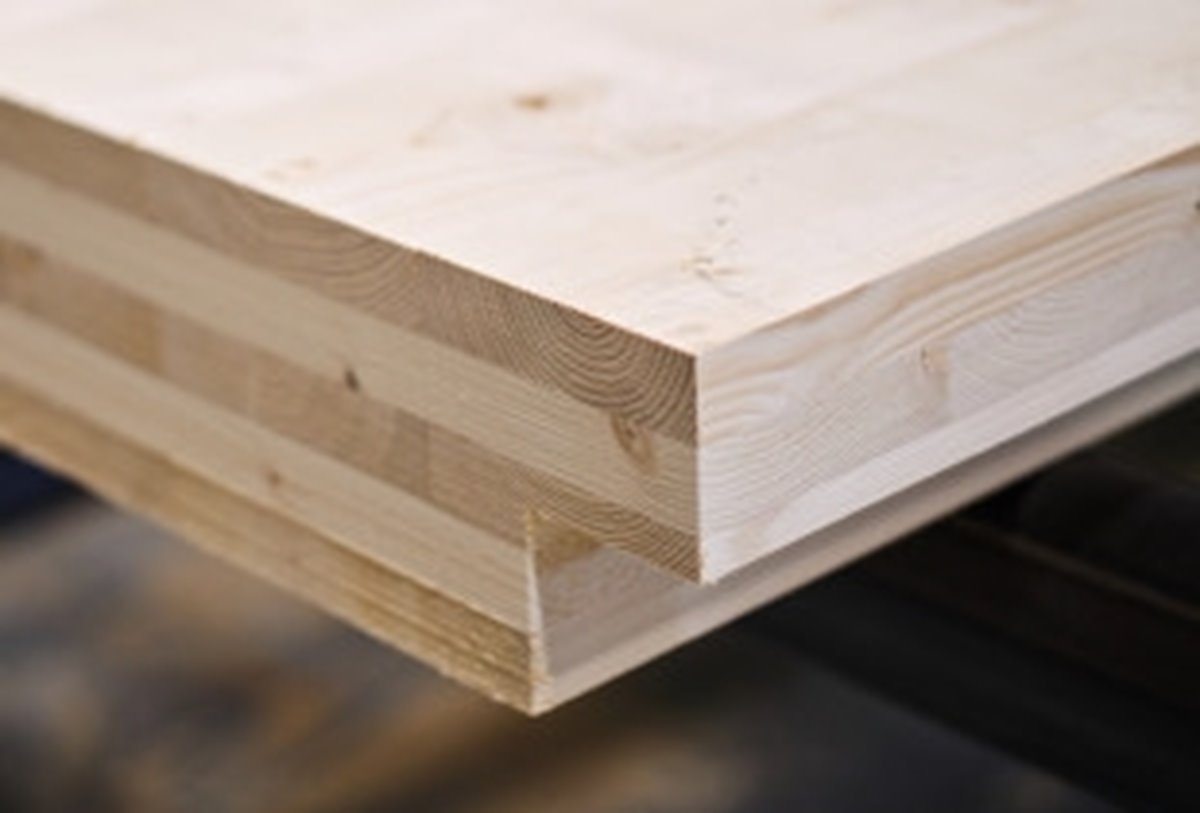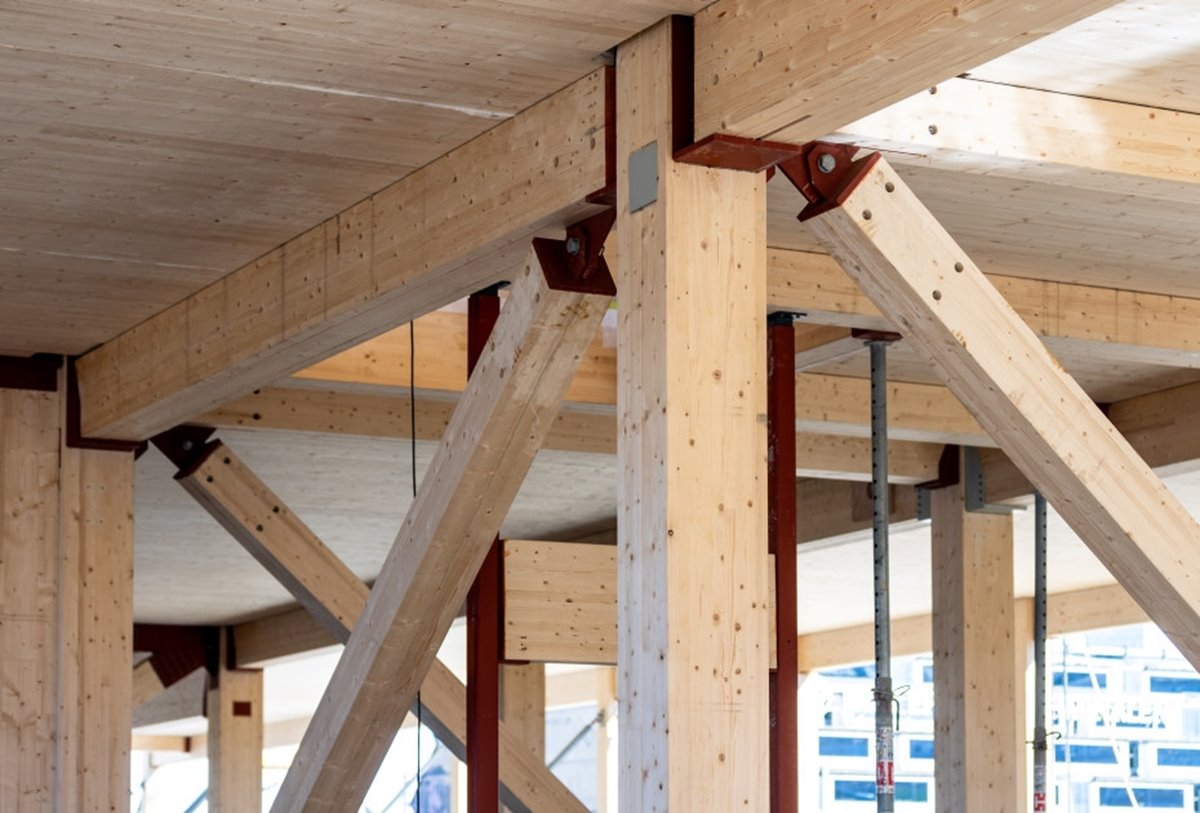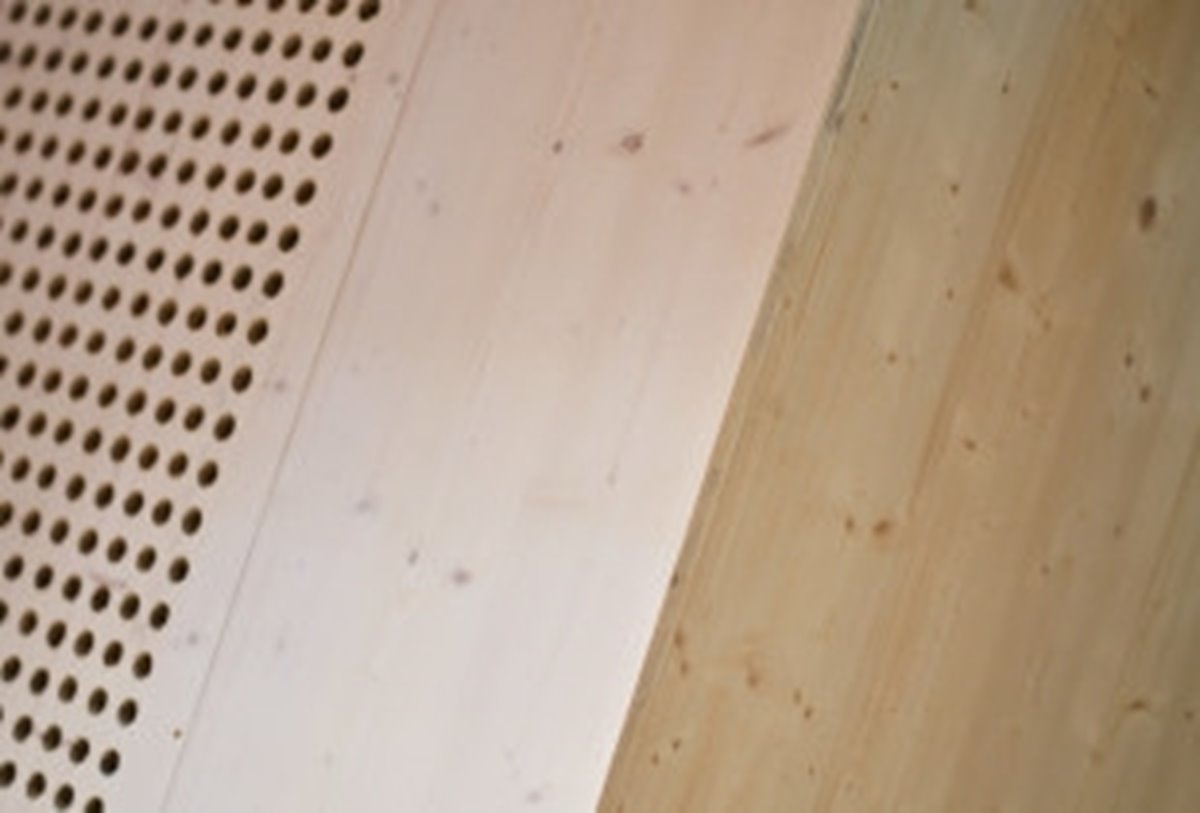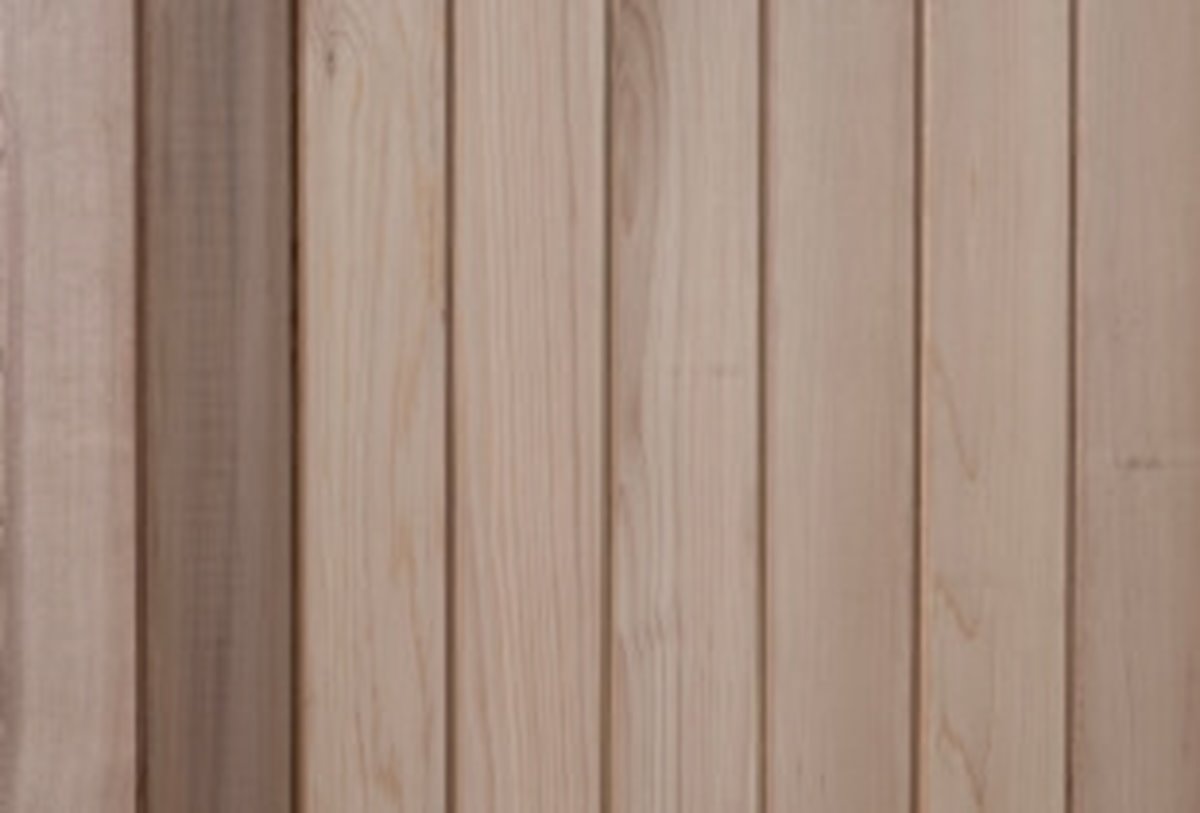Trä från insidan och ut

Cerifikat och dokument
Hållbarhet är kärnan i vår verksamhet. Allt vi producerar kommer från skogen som är en exceptionell och förnybar resurs. Ta del av vår dokumentation för våra produkter inom byggsystem såsom teknisk data, produktblad, guider, certifikat och broschyrer.
Med trä bygger vi högt, lågt och brett
Det är möjligt att bygga det mesta med stomme, fasad och interiör i trä. Vi har levererat träprodukter till skolor, flerbostadshus, butiker, kontor, offentliga byggnader, hotell och industribyggnader.


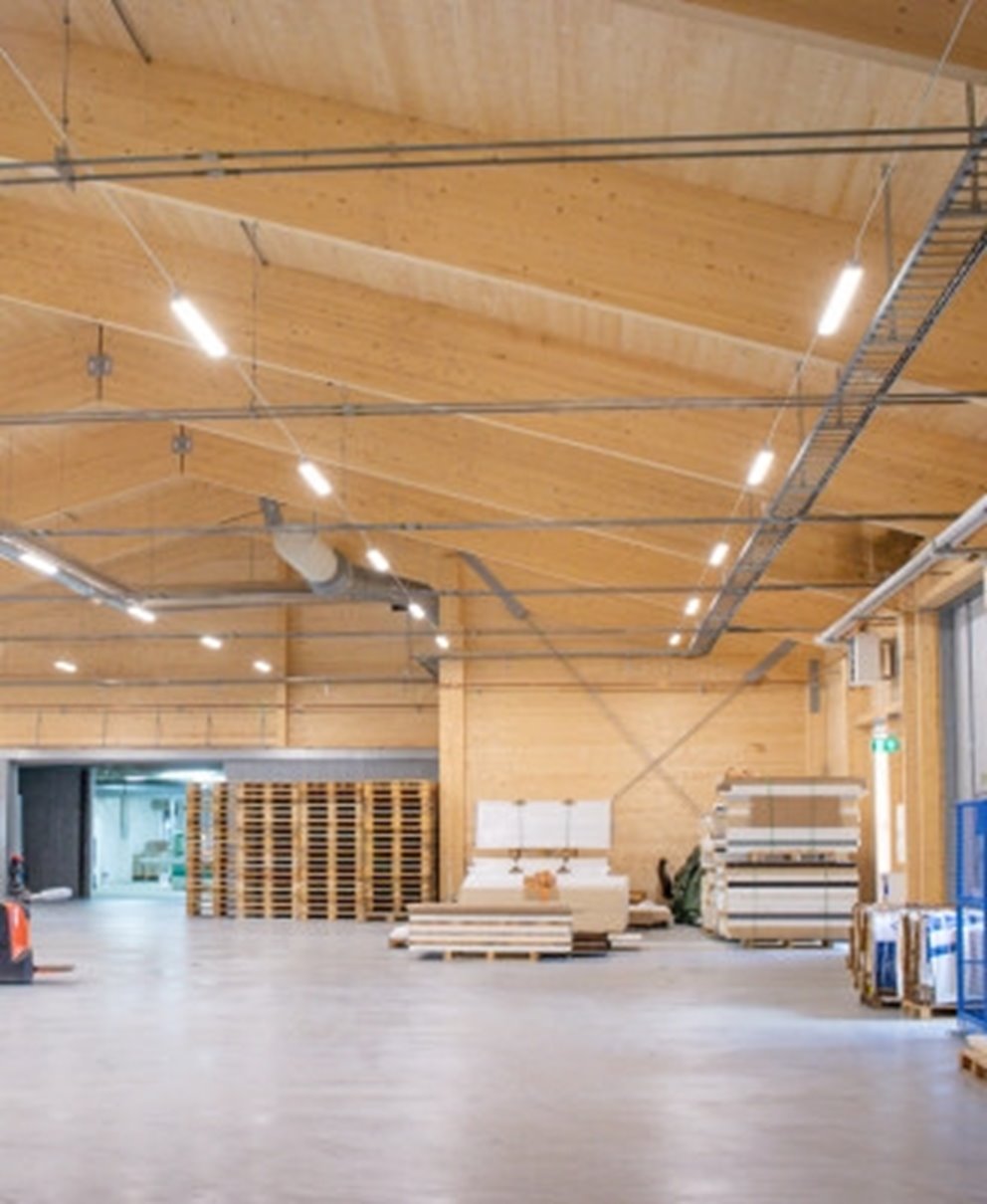
Med hjälp av skogen växer det hållbara samhället fram
TRÄPRODUKTER FÖR BYGGNATION
Prenumerera på nyhetsbrev
Vårt nyhetsbrev ger dig som inköpare, beställare, entreprenör och arkitekt aktuella nyheter och relevant information om våra träprodukter för byggnation. Anmäl dig via formuläret för att få utskicken direkt till mejlen.
Vanliga frågor och svar
| Vad är Södras byggsystem? | |
Södras KL-trä och limträ för stomme kan användas som del av ett byggsystem och kompletteras med vårt erbjudande av trä för fasad och interiör beklädnad. | |
| Hur kan en trästomme kombineras med andra material? | |
KL-trä och limträ kan med fördel användas tillsammans och även med andra material så som stål och betong i en hybridstomme. Träet skapar stort värde för att sänka byggnadens totala klimatpåverkan. För att skapa en så hållbar, kostnadseffektiv och funktionell stomme som möjligt är det viktigt att ha rätt material på rätt plats. | |
| Kan en byggnads klimatpåverkan sänkas med en stomme i trä? | |
En byggnads klimatpåverkan kan sänkas med en stomme i trä. Trä har en lägre klimatpåverkan jämfört med traditionella fossila byggmaterial så som betong och stål. Ett stort värde träet har är att det lagrar koldioxid under hela dess livstid. Det är också ett förhållandevis lätt material viket gör att det krävs färre transporter som står för utsläpp. Även tillverkningen av träprodukter är mer energieffektiv. | |
| Vilka tjänster erbjuder Södra relaterat till stomme, fasad och interiör? | |
Vi agerar rådgivare och tillsammans med partners kan vi erbjuda dig som arkitekt, byggherre, konstruktör eller byggentreprenör stöd genom hela processen, från projektering till byggnation. Vårt kompetensstöd sträcker sig över planering, digitala verktyg, projektering, logistik, ekonomi och dokumentation. |
Kontakta oss

Ola Landqvist
Affärsutvecklare i tidiga skeden, Byggsystem, södra och östra Sverige
+46 724 62 36 02
ol......@sodra.com

Stefan Eierborg
Affärsutvecklare i tidiga skeden, Byggsystem, västra och norra Sverige
+46 722 02 43 71
st......@sodra.com
Hittar du inte vad du letar efter?
Använd sökrutan i toppmenyn eller gå vidare till vår kontaktsida för att hitta rätt kontaktperson.
